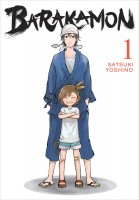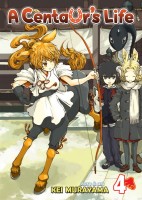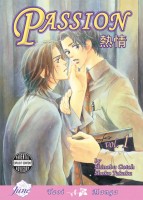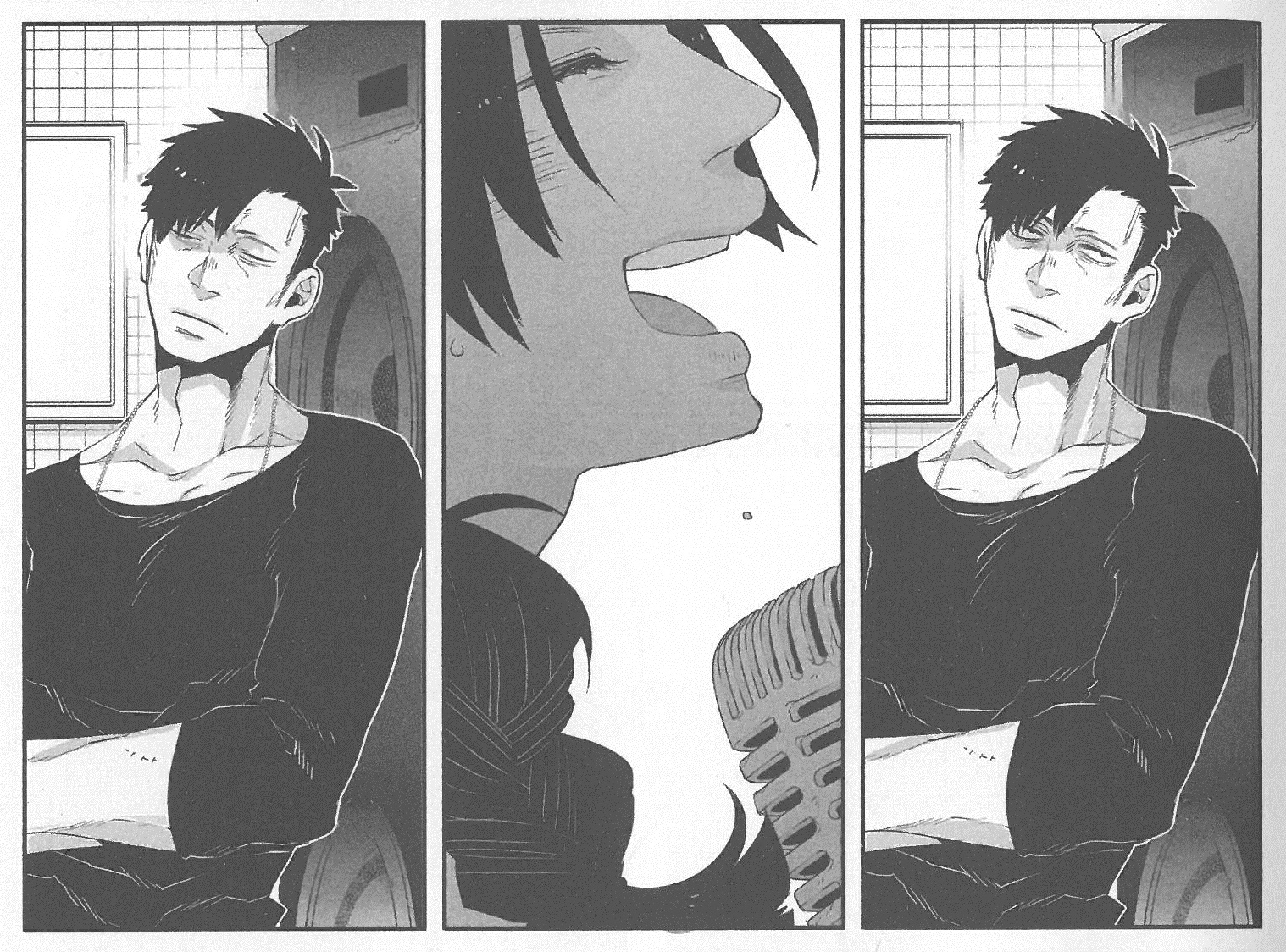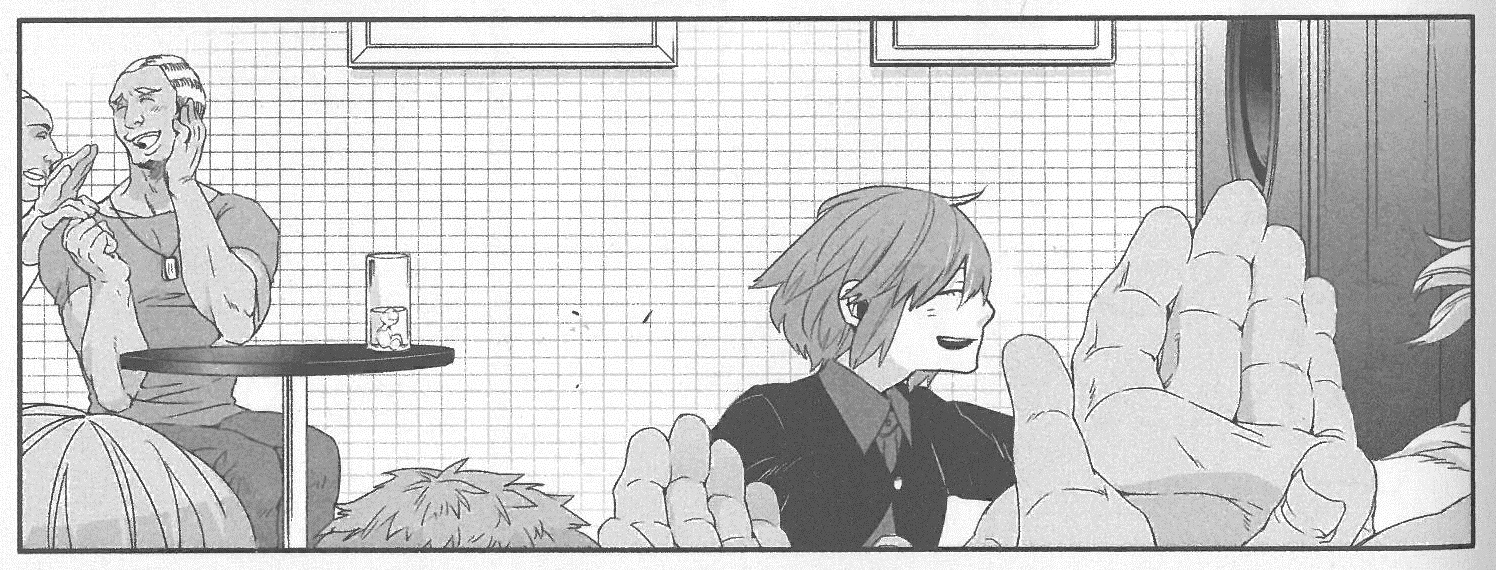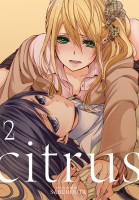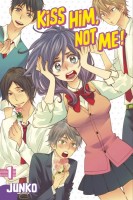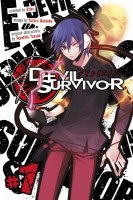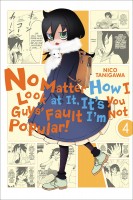October has been a busy month at work for me, so I’m glad to see it wrapping up, but even better is the fact that it means it’s time for another manga giveaway here at Experiments in Manga! This month you’ll all have the chance to win a copy of Satsuki Yoshino’s Barakamon, Volume 1 as published by Yen Press. And, as always, the giveaway is open worldwide!
I grew up in a rural area and, for the most part, have fond memories of living in a small village in the countryside. Currently I live and work in a small city, which certainly has its benefits, but occasionally I find myself yearning for less people, more green, open spaces, and a somewhat slower pace of life. In part because of this, I find particular enjoyment in manga series like Barakamon which largely take place in the country; they remind me of living “back home.” There don’t seem to have been very many of these manga translated, so I especially appreciate them when I do happen to come across one.
So, you may be wondering, how can you win Barakamon, Volume 1?
1) In the comments below, tell me about your favorite manga that has at least one countryside or rural setting in it. (If you don’t have one, simply mention that.)
2) If you’re on Twitter, you can earn a bonus entry by tweeting, or retweeting, about the contest. Make sure to include a link to this post and @PhoenixTerran (that’s me).
It’s as easy as that. You all can earn up to two entries for this giveaway and have one week to submit your comments. Comments can also be sent to me directly at phoenixterran(at)gmail(dot)com if you have trouble with the comment form or if you prefer. I will then post your entry below in your name. The giveaway winner will be randomly selected and announced on November 4, 2015. Best of luck to everyone!
VERY IMPORTANT: Include some way that I can contact you. This can be an e-mail address in the comment form, a link to your website, Twitter username, or whatever. If I can’t figure out how to get a hold of you and you win, I’ll just draw another name.
Contest winner announced–Manga Giveaway: Barakamon Giveaway Winner

